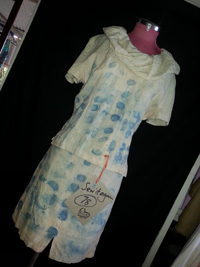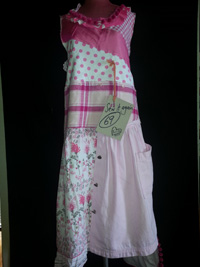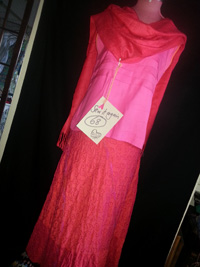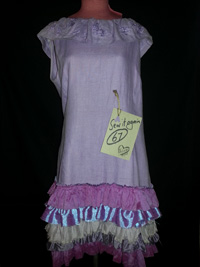
This upcycle was done in stages with the cotton dress shortened then dyed in a hot pot with green leaves. The skirt offcut becomes a waistband tied with a bow and eco-dyed silk is added to the neckline and sleeves to disguise stains.
I woke this morning to a beautiful view across a dam into a green canopy of tinglewood trees at our friend Jan’s place at Walpole in south west Western Australia. The beauty of the place is tinged with sadness because it was while landscaping Jan’s place that my brother Paul lost his life in an excavator accident here a year ago. I’ve returned with some jarrah timber which we hope in time and thanks to the Walpole Men’s Shed will become a seat somewhere along the Bibbulmun Track that Paul enjoyed walking from end-to-end several times.









